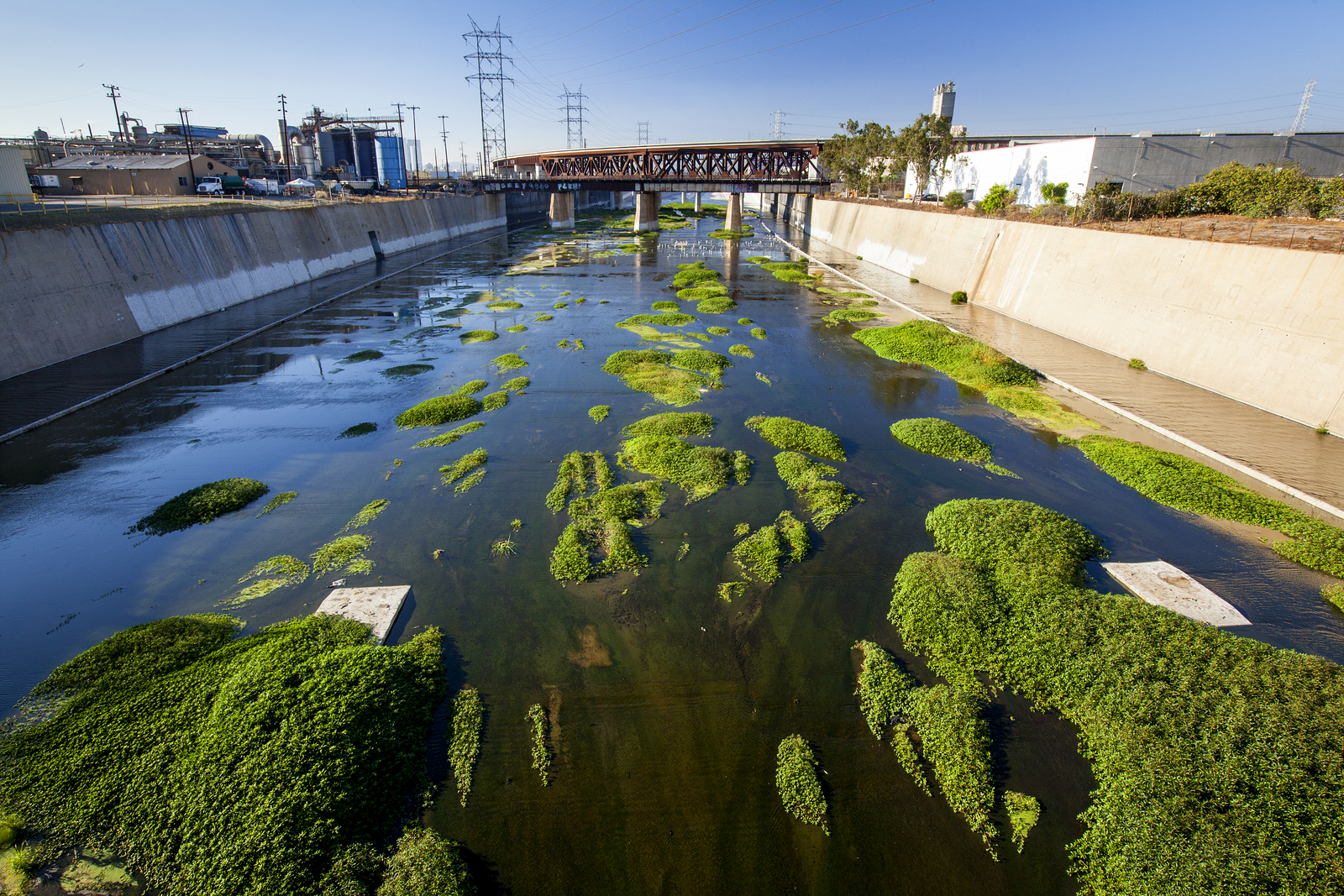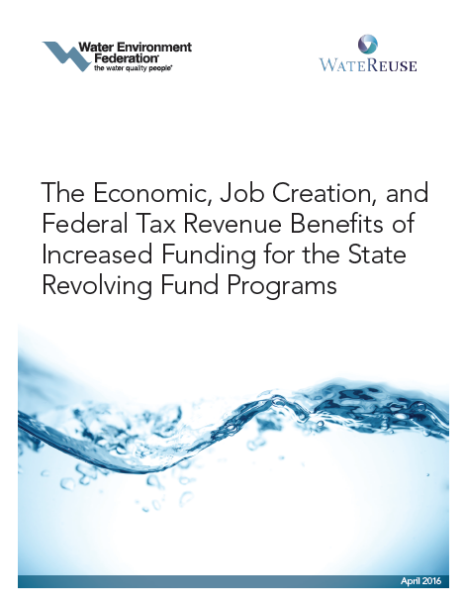In its latest effort to preserve and improve the health of vital waterways, the Chesapeake Bay Trust and the Environmental Protection Agency will bestow grants totaling over $800,000 to 17 organizations from Pennsylvania to Southern Virginia through the partnership’s annual “Green Streets, Green Jobs, Green Towns” (G3) program.
The grant, which funds implementation of projects that foster green spaces in local communities, aims to reduce the amount of water that is conveyed into streams and rivers, to encourage eco-friendly means of transportation, and to otherwise increase a community’s sustainability.
Grant-winning ideas for 2016 include the following:
- Borough of Chambersburg, Pa. – $115,269
For green construction of a bio-retention area, storm inlet structure replacement, and road reconstruction along Rhodes Drive, a one-way emergency access lane.
- City of Salisbury, Md. – $75,000
To replace all utilities, beautify the landscape, and provide improved pedestrian access to Main Street in Downtown Salisbury. The project will incorporate stormwater management, erosion and sediment control, and green infrastructure elements to improve Salisbury’s ecological footprint.
- James River Association (Richmond, Va.) – $29,995
Toward the development of a “green street” – which minimizes the impact of travel on its surroundings through best practices that promote water quality, air quality, and energy-efficiency – on Minefee Street, a main walking route for students of a nearby elementary school.
- Environmental Law Institute (Washington, D.C.) – $20,000
Research funding on newly available data sets and climate adaptation tools specific to the Chesapeake Bay area to allow local governments to design and implement green infrastructure projects more efficiently.
While a main focus of G3 grants is to reduce the amount of polluted water dumped into the Chesapeake Bay, many successful proposals seek to keep stormwater from becoming polluted in the first place through ecofriendly building practices. Ideas such as tree canopies or rain gardens in major urban centers not only make neighborhoods more attractive, but also divert excess water away from possible contaminants.
Download a document detailing a full list of 2016 grant winners.





